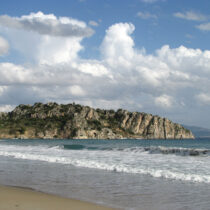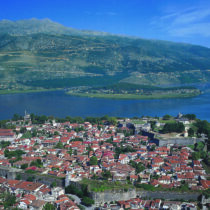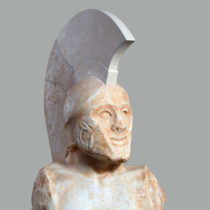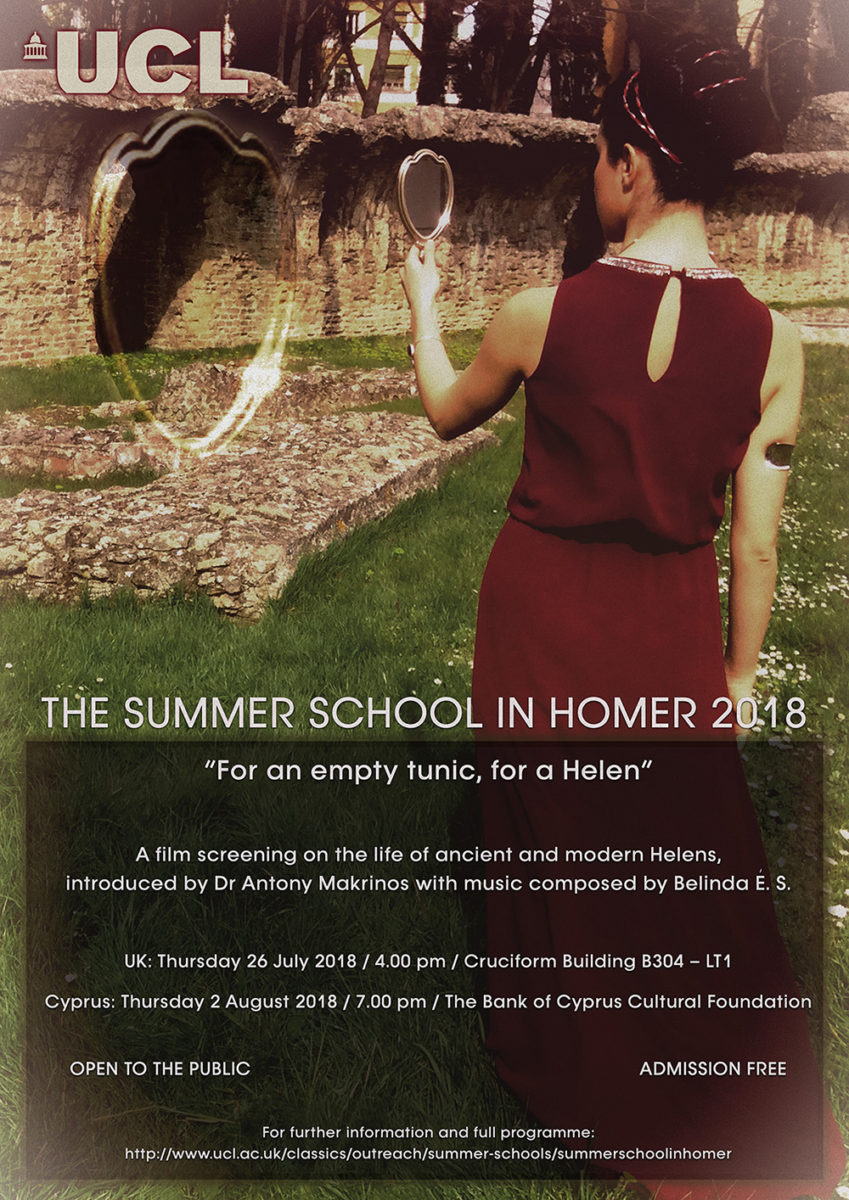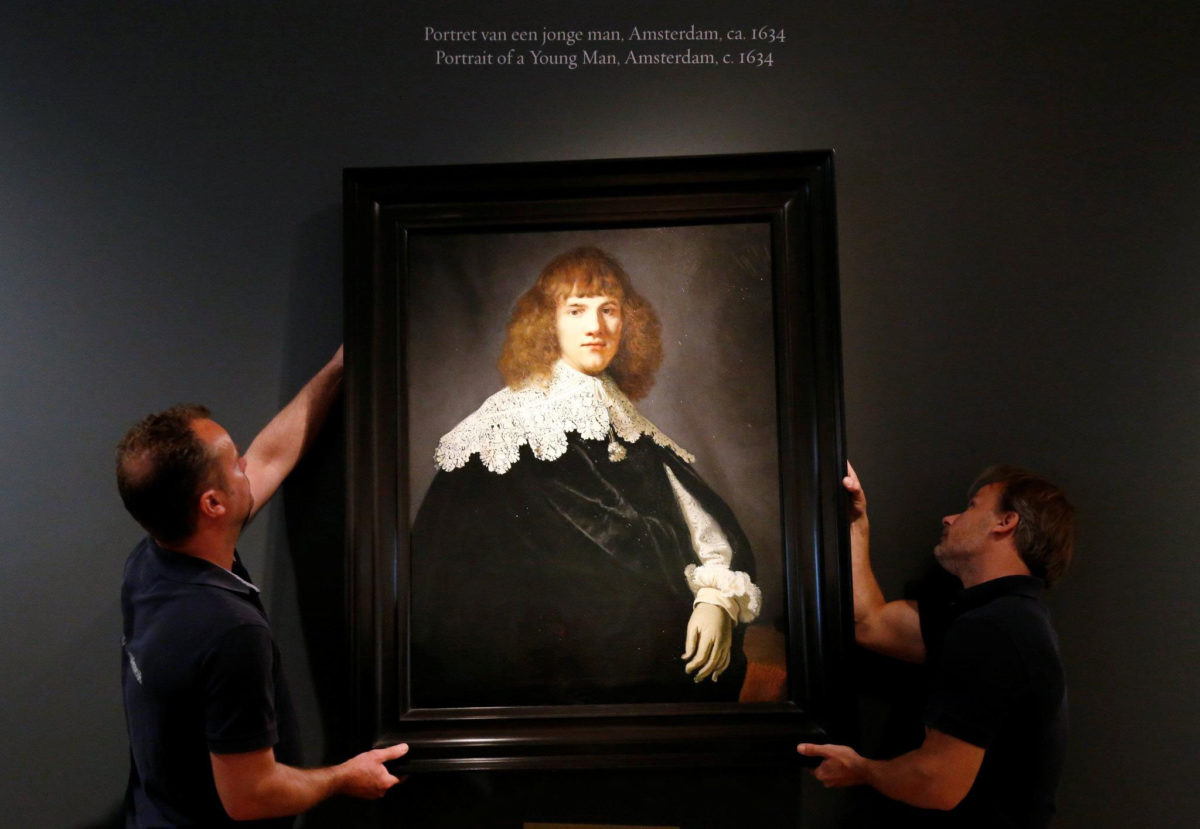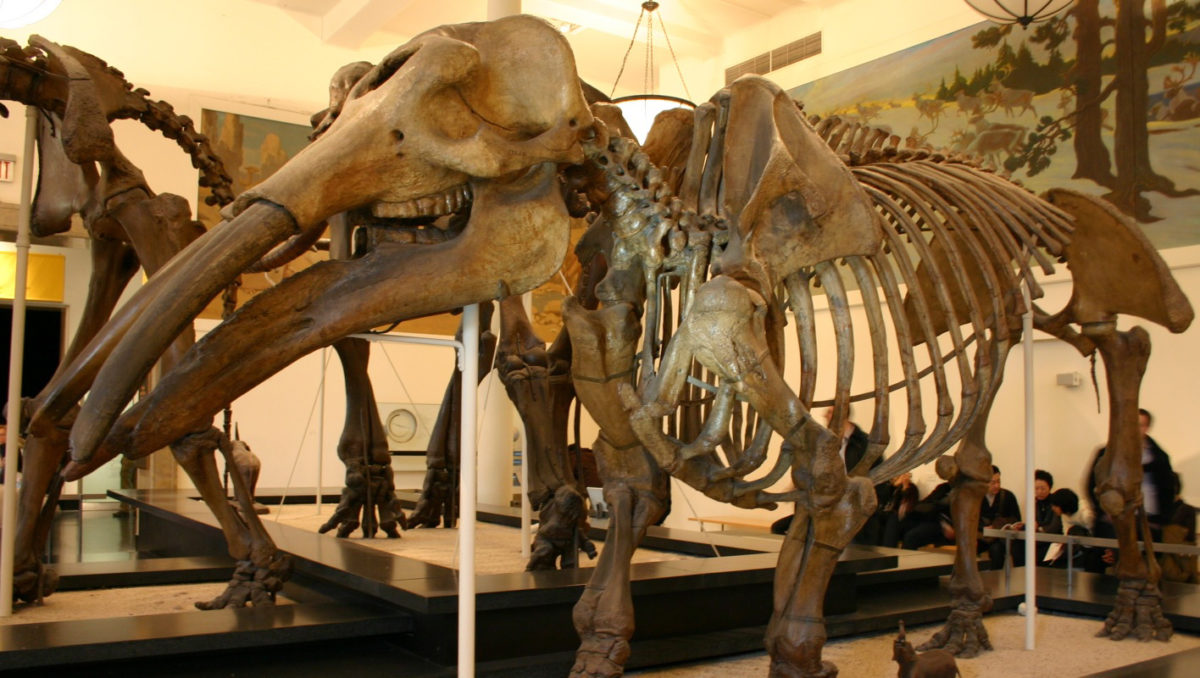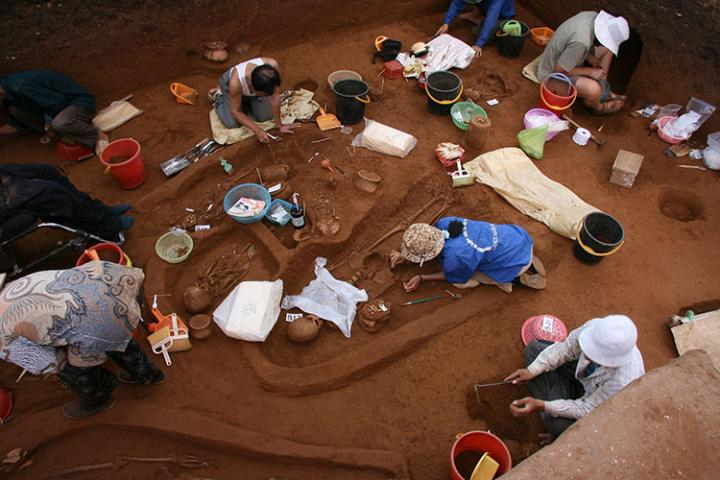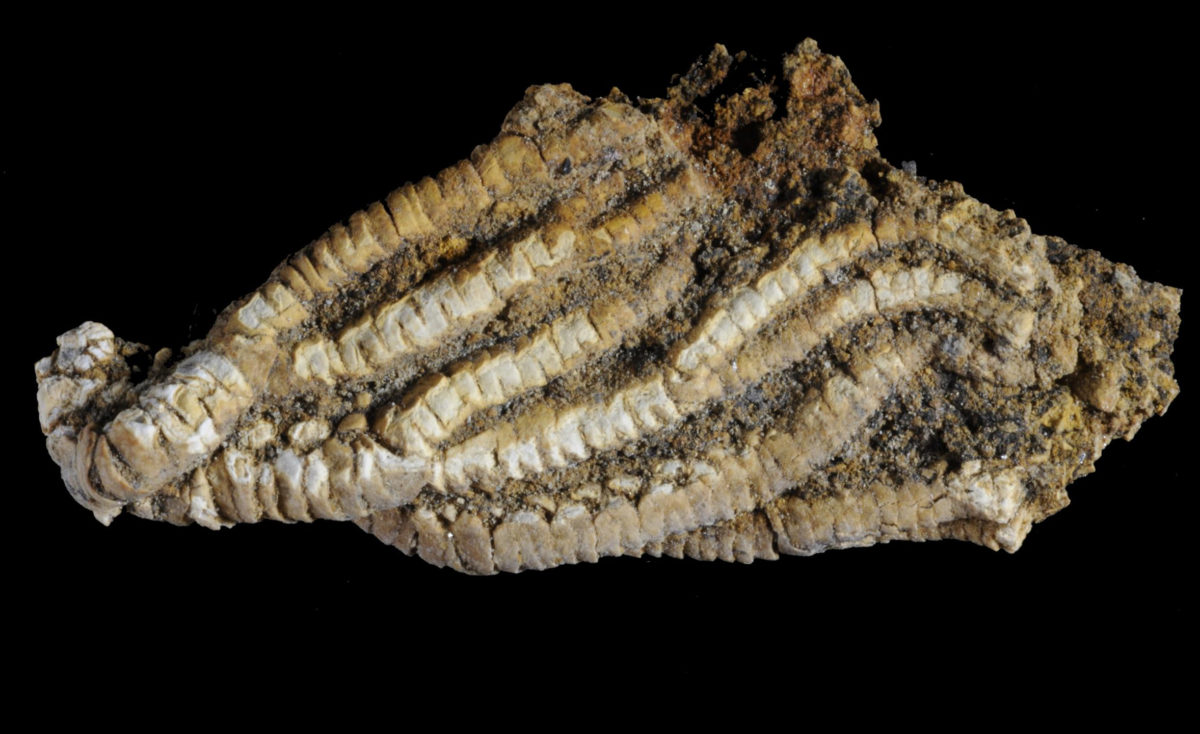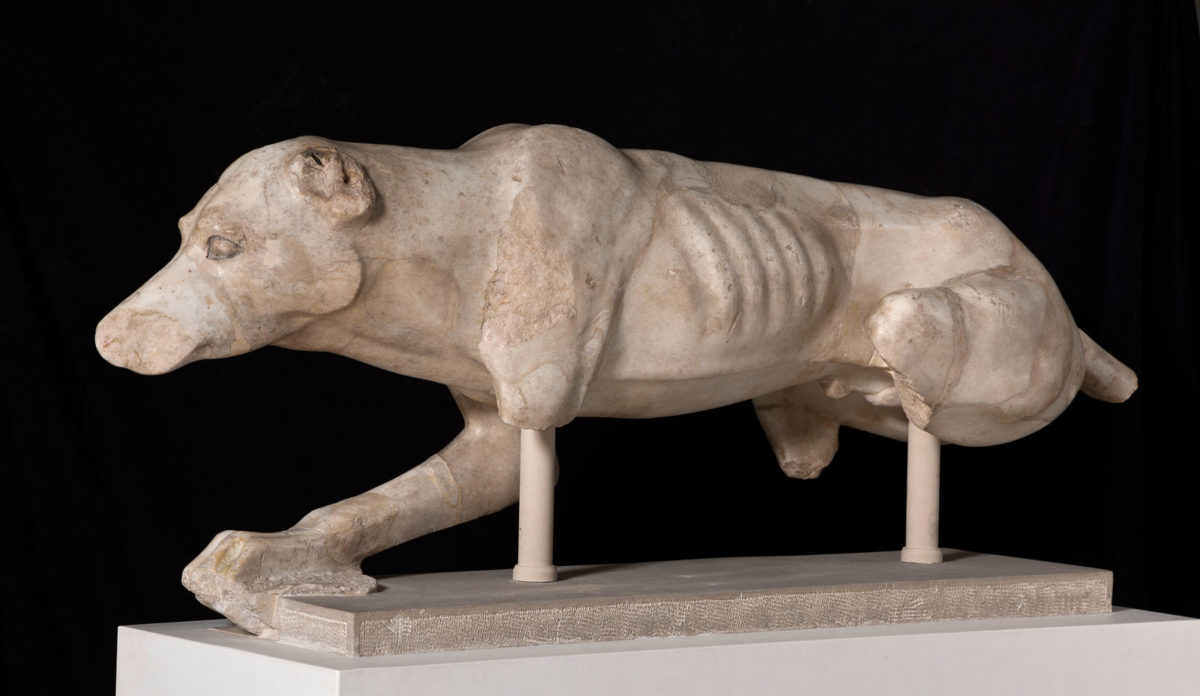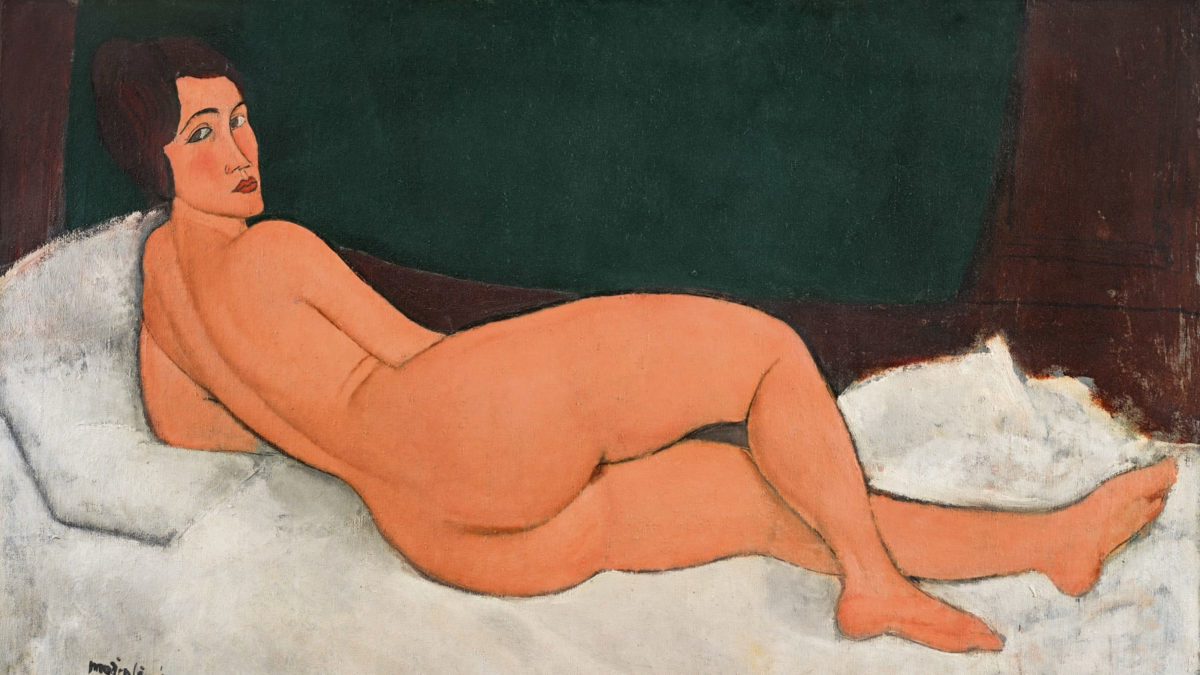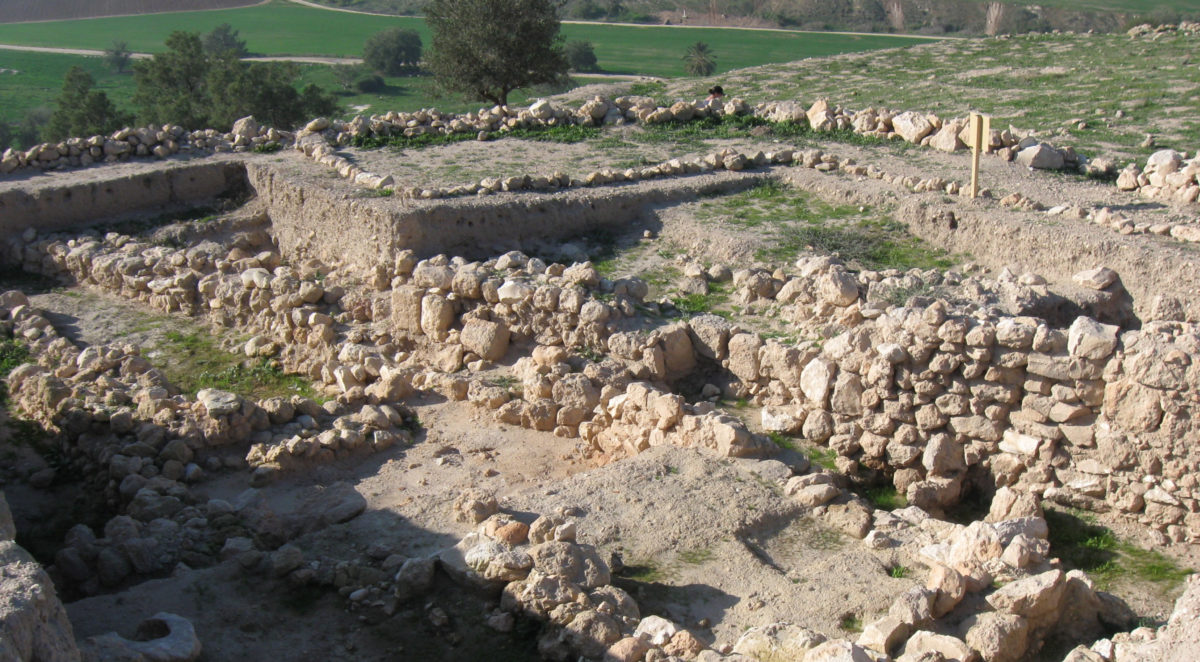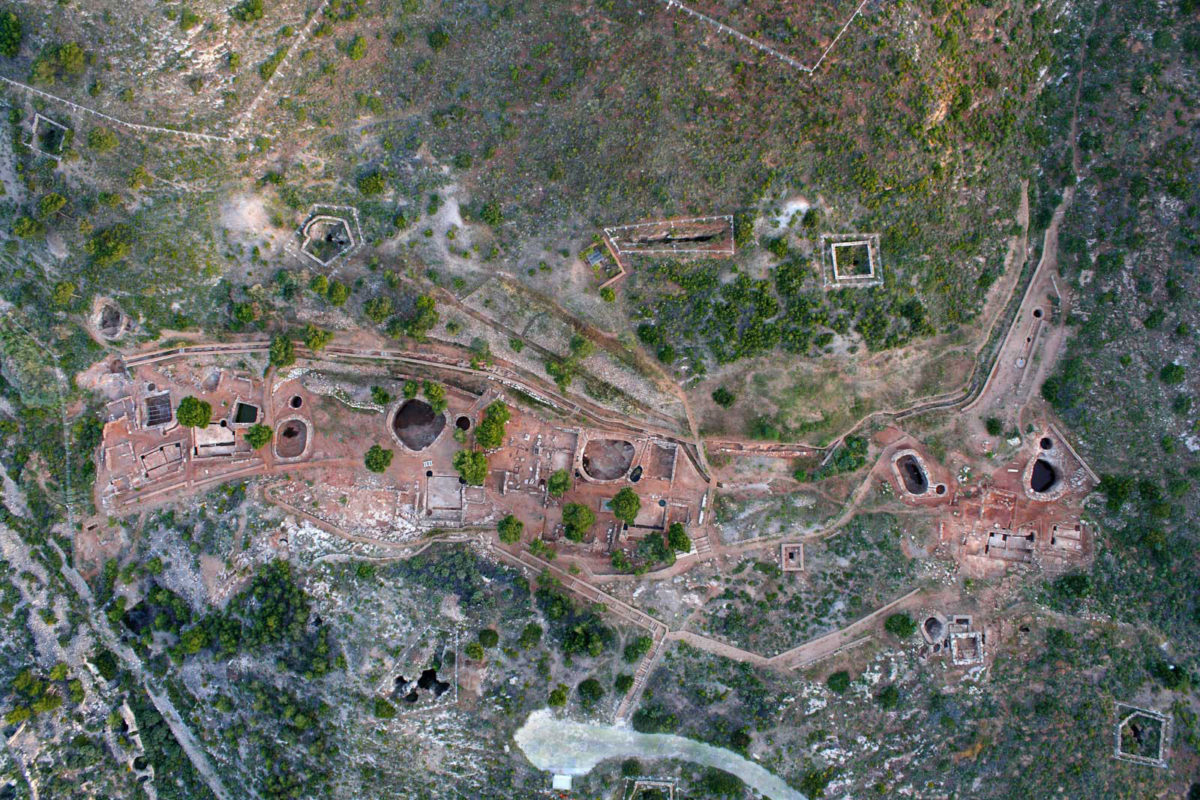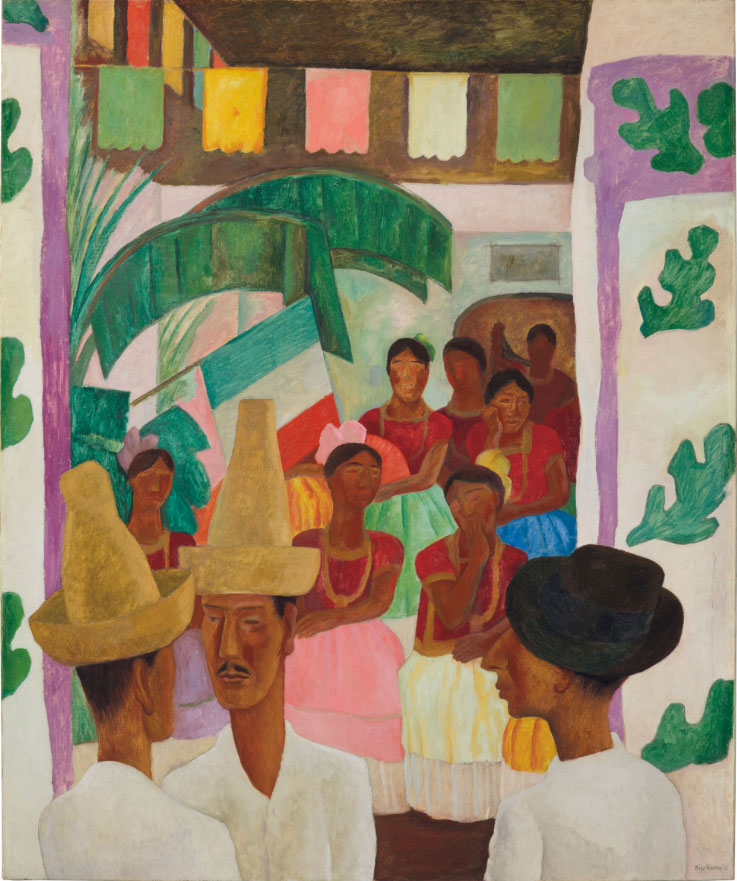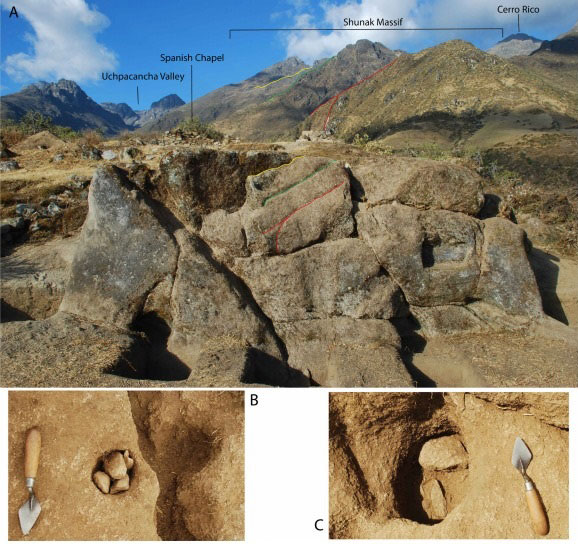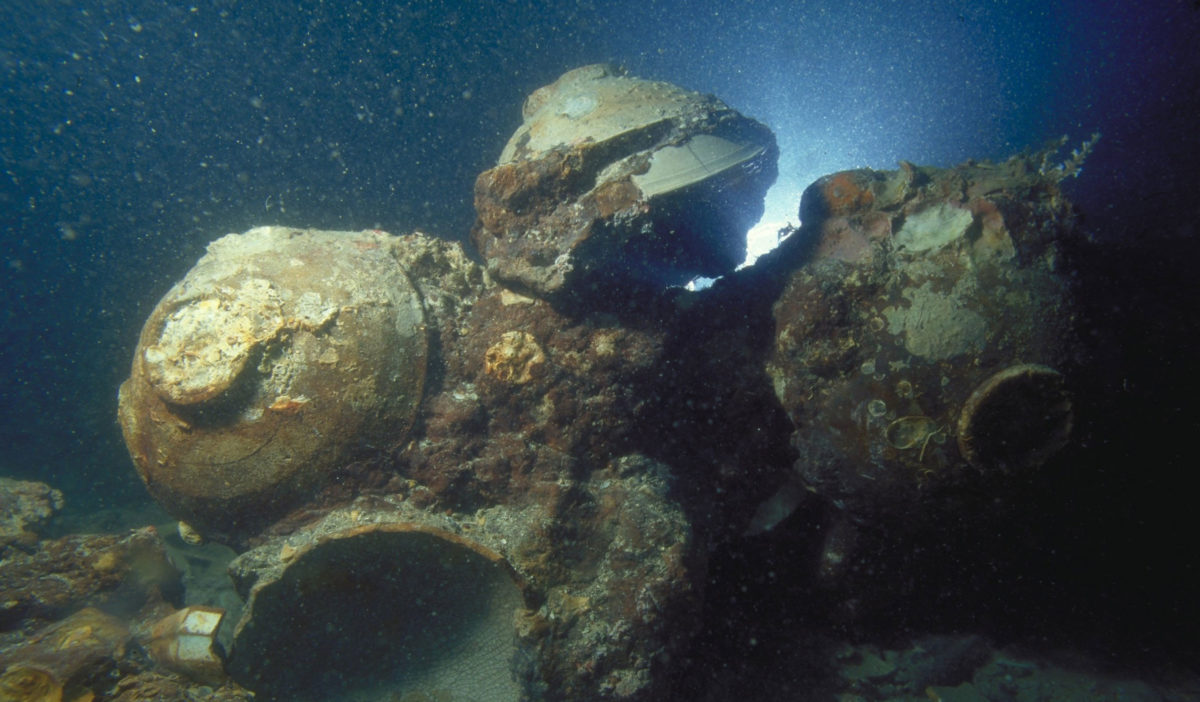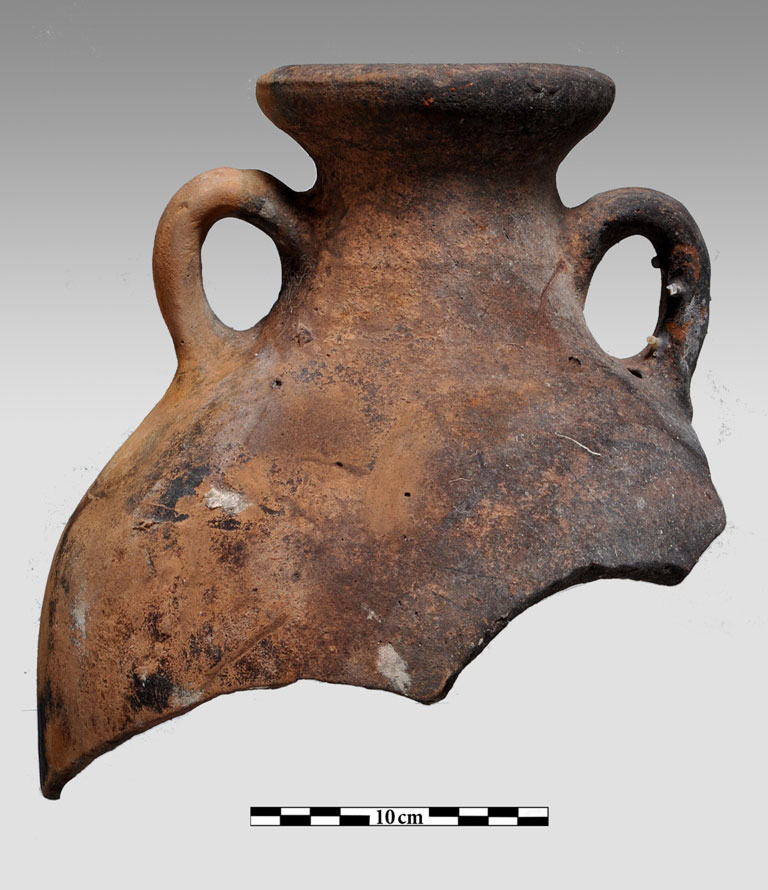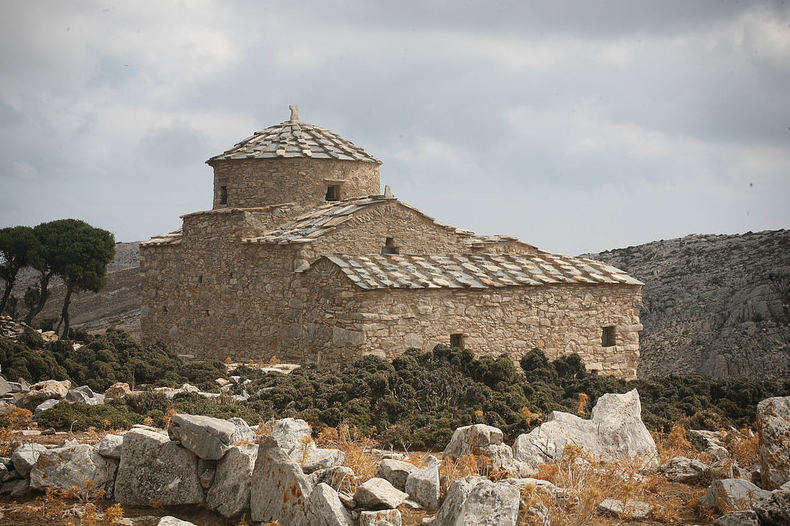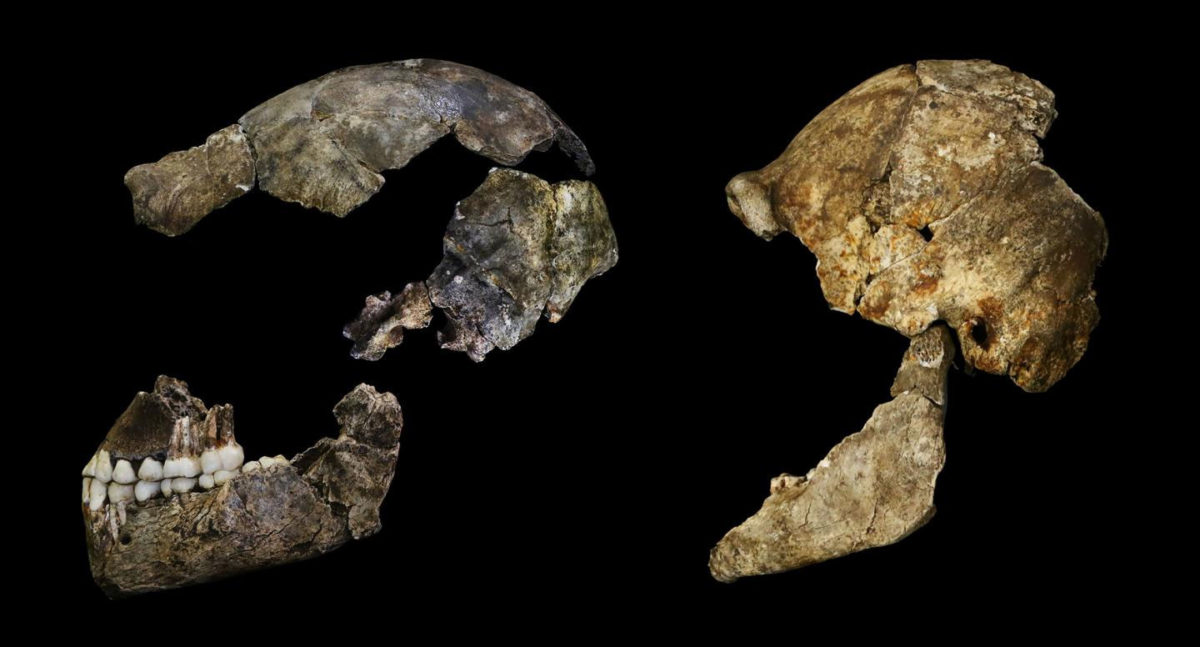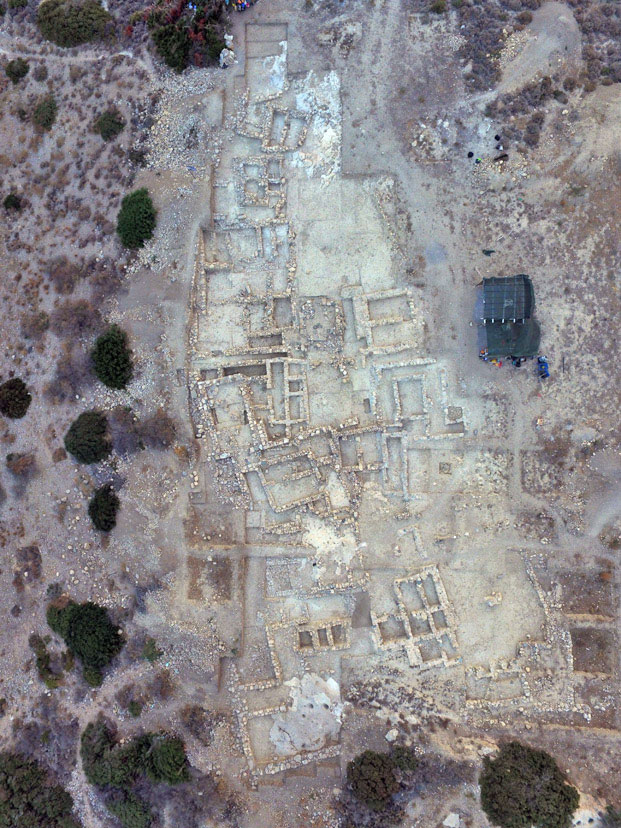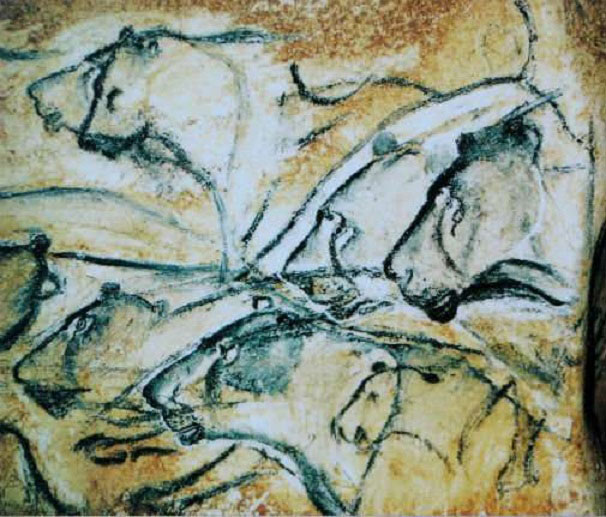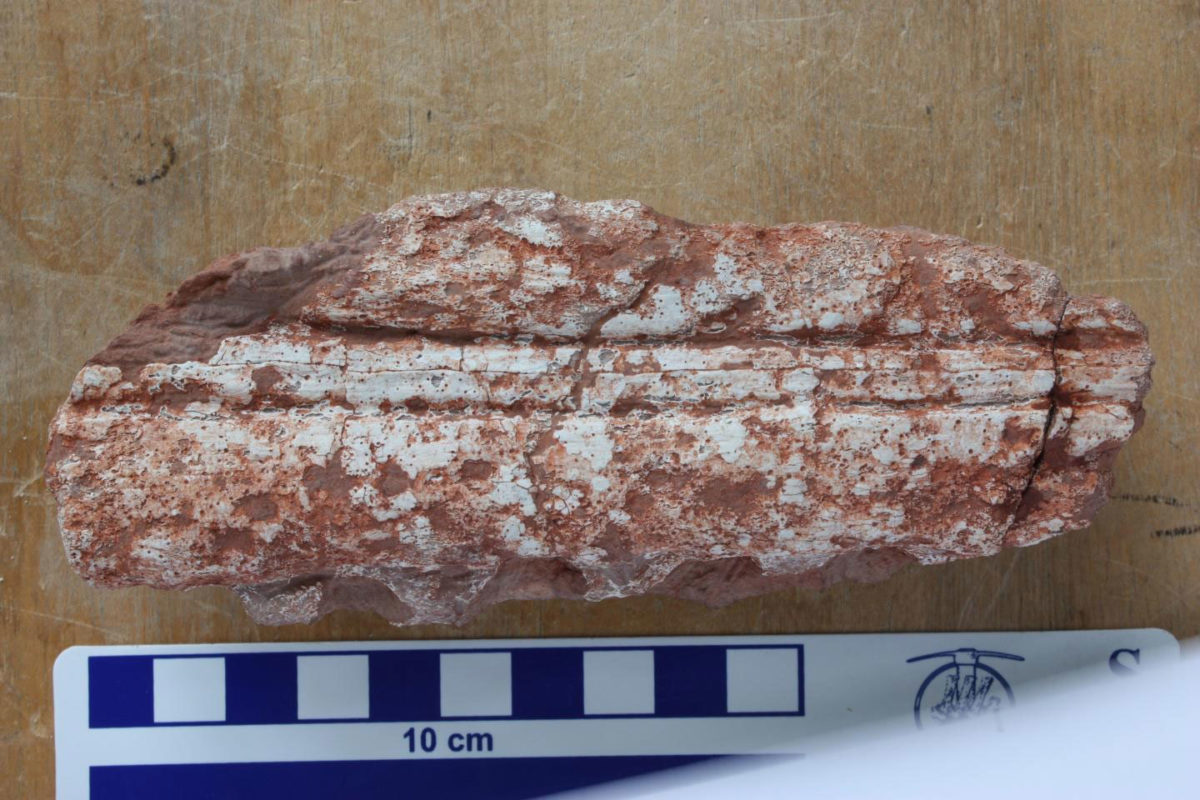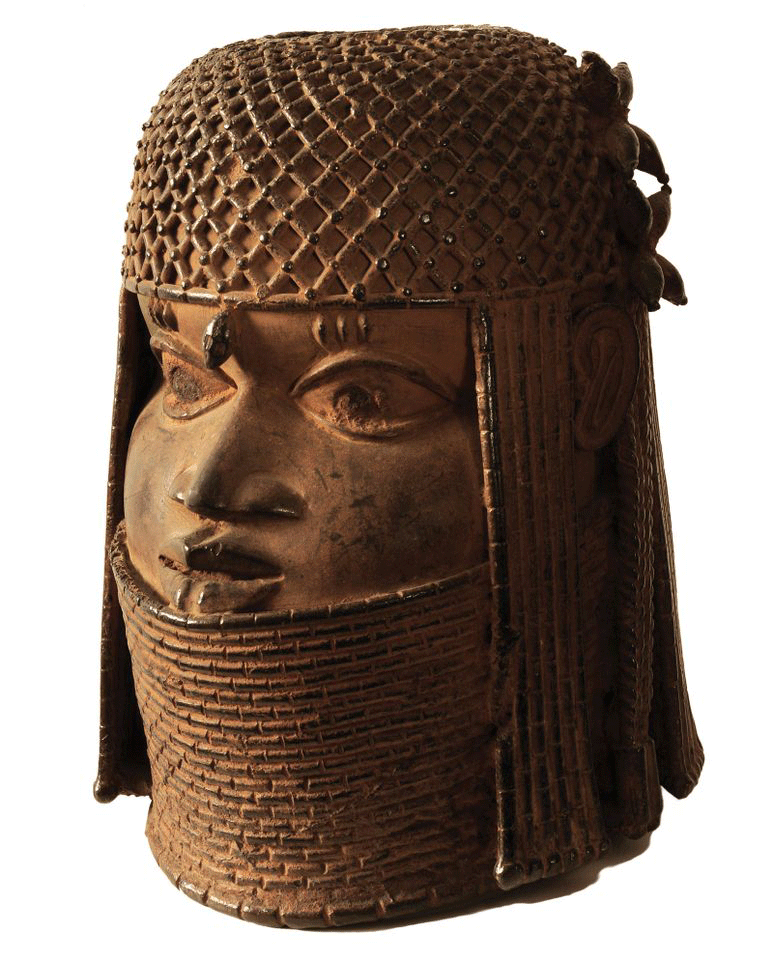Summer School in Homer 2018
The Summer School is for anyone interested in studying the Homeric epics. The Summer School offers five days of intensive teaching of Homeric language and literature for students of different levels.
Unknown Rembrandt painting goes on display in Amsterdam
The “Portrait οf a young man” that was probably painted around 1634 may be worth many millions.
Feeding habits of ancient elephants uncovered from grass fragments stuck in their teeth
A new study examined the feeding habits of ancient elephant relatives that inhabited Central Asia some 17 million years ago.
Scientists analyze first ancient human DNA from Southeast Asia
The first whole-genome analyses of ancient human DNA from Southeast Asia reveal that there were at least three major waves of human migration into the region over the last 50,000 years.
Major shift in marine life occurred 33 million years later in the South
A new study of marine fossils from Antarctica, Australia, New Zealand and South America reveals that one of the greatest changes to the evolution of life in our oceans occurred more recently in the Southern Hemisphere than previously thought.
The Acropolis Museum celebrates the International Museum Day and the European Night of Museums
On the occasion of this year’s International Museum Day, the Acropolis Museum produced, in collaboration with the Hellenic Mint, commemorative medals dedicated to the Acropolis hunting dog.
Byzantium and the Others in the First Millennium
The Hellenic Ministry of Culture and Sports in joint collaboration with the Byzantine and Christian Museum, present the temporary exhibition “Byzantium and the Others in the First Millennium: An Empire of stability in a turbulent era”.
Modigliani’s “Reclining Nude” sold for 157.2 million dollars
The painting by Italian artist Amedeo Modigliani has become the fourth most expensive painting to be auctioned.
Earliest evidence for equid bit wear in the ancient Near East
An international team of archaeologists has uncovered the earliest example of the use of a bridle bit with an equid (horse family) in the Near East.
Lead pollution in Greenland ice shows rise and fall of ancient European civilizations
To learn about the rise and fall of ancient European civilizations, researchers sometimes find clues in unlikely places: deep inside of the Greenland ice sheet, for example.
Ancient human remains and a mystery unearthed by ANU archaeologist
An archaeologist has hailed her excavation of a Bronze Age burial mound in south west England a huge success with the discovery of an intact 4,000 year old human cremation as well as evidence of unaccountable activity from the medieval period on the same site.
Record sale of painting by Mexican artist Diego Rivera
The painting “Los Rivales/ The Rivals” was sold for 9.76 million dollars by the house of Christie’s.
Understanding Andean concepts of death and renewal
Research in the Andes has yielded evidence for a complex association between settlement sites and mortuary monuments, tied to concepts of death, ancestor veneration and water.
A shipwreck and an 800-year-old ‘made in China’ label reveal lost history
Centuries ago, a ship sank in the Java Sea off the coast of Indonesia. The wooden hull disintegrated over time, leaving only a treasure trove of cargo.
Ionian shipwrecks and antiquity smuggling
The Ionian is a sea that compared with the Aegean remains relatively unexplored, says Pari Kalamara, head of the Ephorate of Underwater Antiquities.
London’s Design Museum is the Best Museum of the Year
The European Museum of the Year Award 2018 goes to the Design Museum, London, United Kingdom.
EU Prize for Cultural Heritage / Europa Nostra Awards 2018
The winners of the 2018 EU Prize for Cultural Heritage / Europa Nostra Awards, Europe’s top honour in the field, were announced today by the European Commission and Europa Nostra, the leading European heritage network.
Where hominid brains are concerned, size doesn’t matter
New research examines the imprints of the brain upon the skulls of Homo naledi, called endocasts.
Three ships used as landfill in 18-century Virginia have been found
In Old Town Alexandria archaeologists have unearthed the remains of three colonial-era ships which were used as landfill at the time, near the site where another ship had been discovered in 2015.
Excavation at Minoan cemetery of Petras “left hanging”
Not for lack of money, but because it seems that a private citizen can obstruct access to the excavation site.
How our ancestors with autistic traits led a revolution in Ice Age art
The ability to focus on detail, a common trait among people with autism, allowed realism to flourish in Ice Age art, according to researchers at the University of York.
Jurassic fossil tail tells of missing link in crocodile family tree
A 180 million-year-old fossil has shed light on how some ancient crocodiles evolved into dolphin-like animals.
Germany is to fund research for looted artifacts in its museums
The provenance of colonial-era artifacts in the collections of German museums will be investigated, as the state is to provide funding for this cause.

